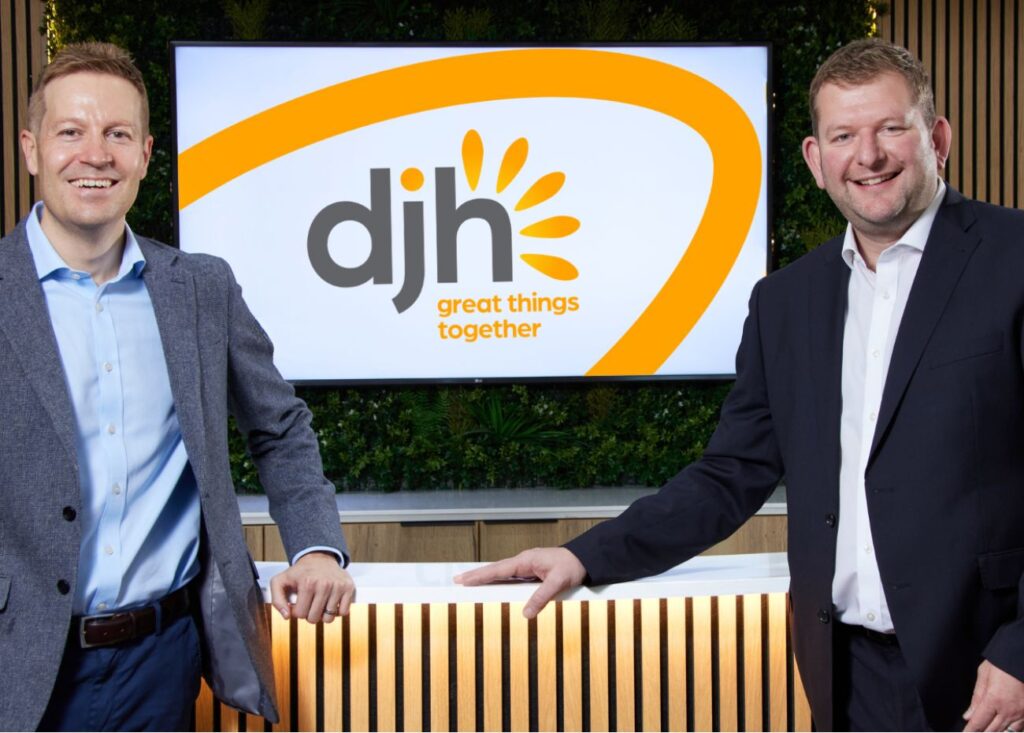The modern entrepreneurial world moves fast. Whether you’re launching your first startup or scaling a bold new venture, standing still simply isn’t an option. That’s where growth hacking comes into play—an agile, data-informed approach to marketing that thrives on creativity, experimentation, and quick iterations to drive business acceleration.
More and more growing brands are turning to this methodology to gain traction, generate leads, and stretch every marketing pound for maximum impact.
What is Growth Hacking?
First coined in Silicon Valley, growth hacking has evolved into a global mindset. It focuses on rapid experimentation across marketing channels and product features to uncover what truly drives growth.
It’s not about massive budgets or slow-moving campaigns. For entrepreneurs and lean teams, it offers a practical, high-impact alternative—one that prioritises adaptability and results over rigid plans.
You test, measure, adjust, and repeat—fast.
Laying the Groundwork
Before diving into test campaigns or viral mechanics, a solid foundation is crucial. Knowing your audience—their pain points, habits, and where they spend time—is the cornerstone of any scalable strategy.
Smart teams start by building detailed personas and messaging that clearly communicates their value. Without that clarity, even the most innovative tactics are likely to miss the mark.
It’s also important to assess your digital infrastructure. Reviewing site performance, ad setups, and content strategy helps uncover untapped potential—whether it’s lagging page speed, overlapping keywords, or poorly targeted ads.
High-Impact Tactics for Rapid Results
Here are several tried-and-tested growth hacking methods that are particularly effective for startups and high-growth companies:
Conversion Rate Optimisation (CRO)
Simple adjustments—like clearer CTAs or streamlined forms—can significantly boost conversion rates. Techniques like heat mapping, session tracking, and multivariate testing make these optimisations more precise and effective.
Paid Social Acceleration
Running lean test campaigns on platforms like TikTok and Meta can surface valuable insights. Even a modest budget can help you identify which creative, audience, or message resonates before investing further.
Email Automation
Email still packs a punch—especially when used to nurture leads. By connecting email tools like Klaviyo or Mailchimp to user behaviours, you can deliver personalised sequences that drive action.
SEO-Driven Content
Not all content is equal. Mapping blog posts and landing pages to specific keywords and buyer stages ensures your efforts are aligned with search intent and sales goals. Content should attract, engage, and convert.
Let the Data Lead
The difference between educated guesses and real growth strategies lies in data. By capturing and analysing everything from Google Ads metrics to on-site engagement, you can pinpoint what works—and what needs to be cut or tweaked.
Clear dashboards and attribution models help connect actions to outcomes. For those focused on scaling sustainably, tracking lifetime value (LTV) rather than just cost per acquisition (CPA) ensures long-term thinking stays front and centre.
Agility as a Superpower
Markets change. Algorithms shift. What worked last month might fall flat today. That’s why agility isn’t optional—it’s built into successful growth teams. Regular sprint reviews, idea testing sessions, and collaborative planning cycles are the norm for those serious about moving fast and smart.
Often, it helps to work with a digital marketing agency who can serve as a sounding board—someone to challenge assumptions, bring fresh ideas, and help turn plans into momentum.







